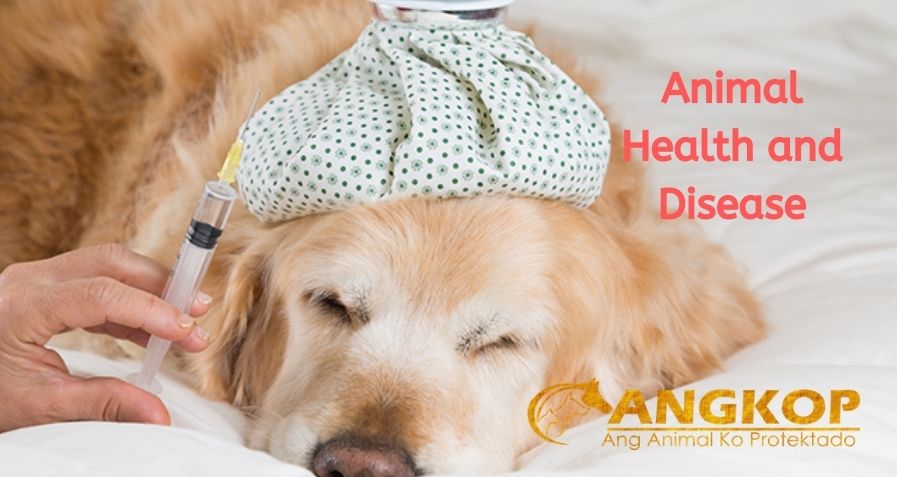Rotavirus Infections

Issues
Rotavirus Infections
Rotavirus Infections is a non-enveloped, double-stranded RNA virus; rota (Latin; “wheel”) for shape of the capsid; genus within the family Reoviridae; relatively resistant to environmental destruction (acid and lipid solvents); unique double capsid protects virus from inactivation in the upper gastrointestinal tract.
Wide host range, identified in almost every species investigated.
Most significant cause of severe gastroenteritis in young children (< 2 years) and animals throughout the world.
Transmission—fecal-oral contamination.
Infection—affects mature epithelial cells on luminal tips of the intestinal villi; causes swelling, degeneration, and desquamation; denuded villi contract; results in villous atrophy with loss of absorptive capability and loss of brush border enzymes (e.g., disaccharidases); leads to osmotic diarrhea.
SIGNALMENT
Dogs and cats.
Pups < 12 weeks old and more often < 2 weeks old—diarrhea.
Kittens and young cats (< 6 months of age)—more susceptible to infection.
SIGNS
Dogs—most infections subclinical or limited to relatively mild, nonspecific, watery to mucoid diarrhea, anorexia, and lethargy; rare fatalities reported.
Cats—primarily subclinical or mild diarrhea; more severe clinical disease may occur with co-infections or in stressed conditions.
CAUSES & RISK FACTORS
- Rotavirus.
- Young animals with immature immune systems at increased risk.
- Presence of other enteric pathogens.
- Overcrowding (virus stable in environment).
DIAGNOSIS
DIFFERENTIAL DIAGNOSIS
- Canine viral enteritis—canine parvovirus; canine coronavirus; canine astrovirus; canine calicivirus; canine herpesvirus; canine distemper virus; canine reovirus.
- Feline viral enteritis—feline parvovirus (feline panleukopenia virus); FeLV; feline coronavirus; feline astrovirus; feline calicivirus.
- Other causes of enteritis—bacteria (e.g., Salmonella, Campylobacter, Clostridium); fungi; protozoa; parasites; foreign bodies; intussusception; allergies; toxicants.
CBC/BIOCHEMISTRY/URINALYSIS
Non-contributory
OTHER LABORATORY TESTS
- Serology—not recommended; most animals (e.g., 85% of dogs) carry antibodies owing to previous exposure or from passive antibody immunization transfer from the bitch or queen; must demonstrate four-fold difference in acute and convalescent serum samples.
- Direct electron microscopy—detects virus in feces; rapid; lack of sensitivity.
- Immunoelectron microscopy—more sensitive and specific than direct electron microscopy; not commonly available.
- ELISA—detect common group rotavirus antigen in feces
- Latex agglutination; Virogen Rotatest (
- Immunochromatographic
- Immunofluorescence.
- Virus isolation.
- PCR.
DIAGNOSTIC PROCEDURES
Histology—swollen small intestinal villi; mild infiltration by macrophages and neutrophils; virus detected by fluorescent antibody test.
TREATMENT
- Symptomatic for diarrhea—fluids, electrolytes, and dietary restriction.
- Antibiotic therapy not indicated.
- Principal protection—probably antibodies in milk of immune bitch or queen.
MISCELLANEOUS
ZOONOTIC POTENTIAL
Rotaviruses are not host-specific; thus, affected puppy or kitten may pose a potential human health hazard, particularly for infants.
Exercise care when handling fecal material from pets with diarrhea.
Humans—diarrhea; infants in developed countries: high morbidity and low mortality (attributed to fluid therapy); infants and young children in developing countries: leading cause of life-threatening diarrhea (more than 600,000 deaths per year in children < 5 years old); in United States, prior to routine vaccination of infants which began in 2006, more than 3 million episodes of diarrhea, ∼500,000 clinic visits, ∼60,000 hospitalizations but only 20–40 deaths per year. In US, pentavalent rotavirus oral vaccine has reduced hospitalizations by 60–75%.
ABBREVIATIONS
ELISA = enzyme-linked immunosorbent assay
FeLV = feline leukemia virus
PCR = polymerase chain reaction
Visit your veterinarian as early recognition, diagnosis, and treatment are essential.
You may also visit https://www.facebook.com/angkopparasahayop
